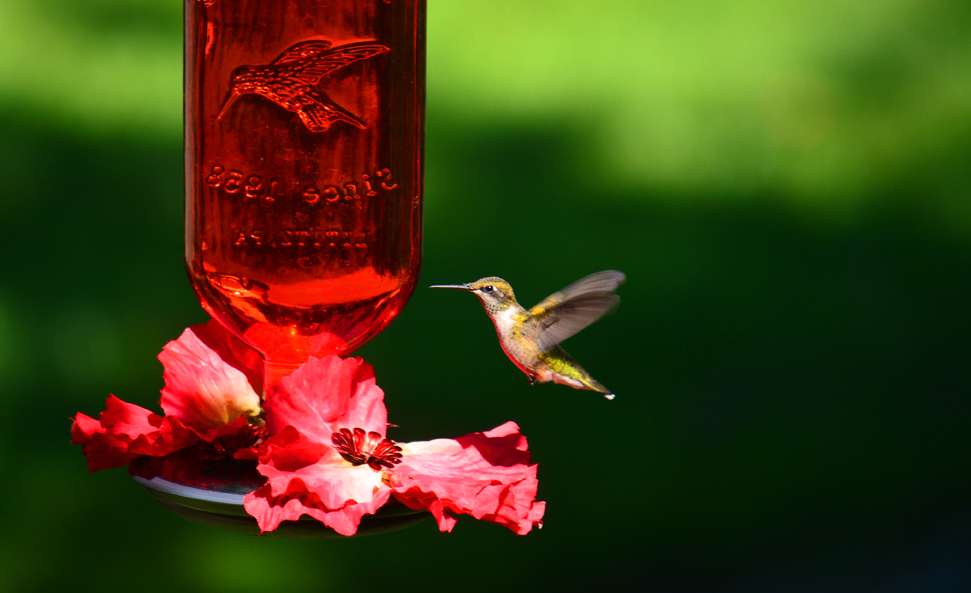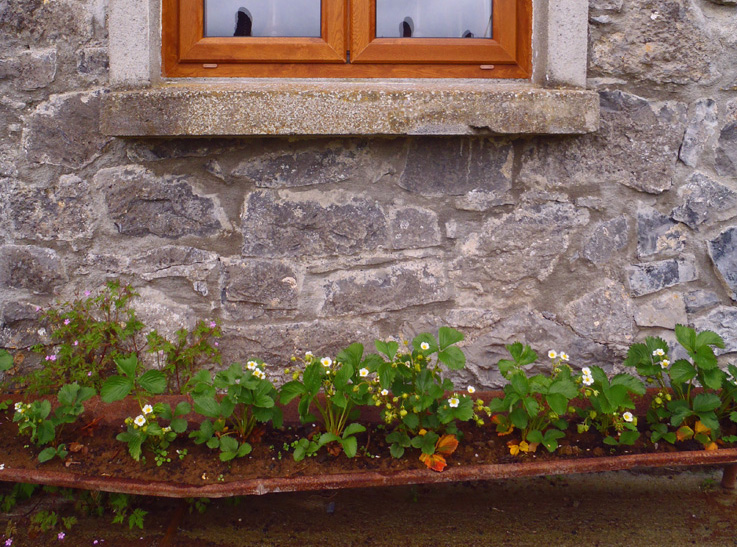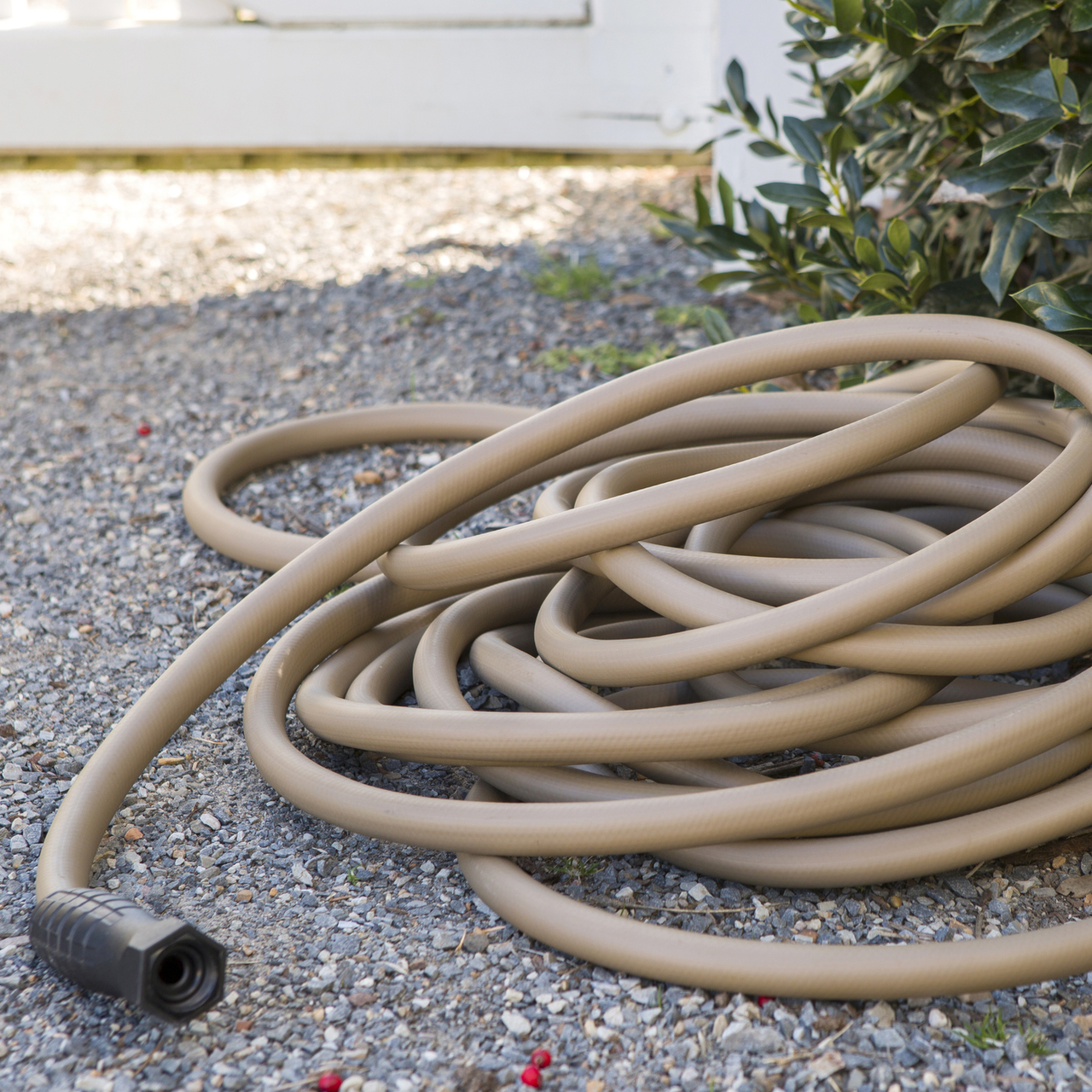Recycling Tips to Help You Make Greener Choices
Exciting News: This week I will be in the Netherlands at the Floriade speaking about how to help green the world and bring community together. I am excited to share all my fun from Holland with you soon. Meanwhile, my friend Jessica Edmondson asked if she could guest post on my behalf while I was gone. Yay! Below is her post which includes a few fantastic recycling tips. Thanks Jessica.
~ ~ ~ ~ ~ ~ ~
In 2009, Americans recycled and composted just one-third of all the resources, products and materials they consumed, according to the U.S. Environmental Protection Agency. However, that can easily change for one simple reason: You!
Each of us has the power to make a difference every single day and when it comes to recycling there are bountiful opportunities to do the right thing. Consider:
- Aluminum: When an aluminum can is dumped in a landfill, it’s there for the long haul: centuries from now, it may still be a can. But if that can were recycled, it could be back on the shelf as a new can in as little as 60 days. Aluminum is a valuable resource, so it’s a perfect candidate not just for recycling, but also for creative reuse. Get in the holiday spirit any time of year and take the Recycled Holiday Tree Challenge, or branch out and get decorative for whatever upcoming festivities your family has planned.
- Paper: Every year, Americans throw away lots of paper – an estimated 1 billion trees’ worth, in fact. Add in wood and other products made from trees, and we each use seven trees a year. Yet, if we recycled just 10% of our newspapers, we could save 25 million trees annually. Further, the options for creative reuse of paper products are endless. Reuse the fast-food paper napkins that litter your car, make cord holders, biodegradable planting pots or children’s craft supplies from paper towel cardboard inserts, or create a green and water-conserving flowerpot.
- Plastic: It requires twice the amount of energy to burn plastic in a trash incinerator as it does to recycle it – and yet we Americans still discard billions of plastic bottles and jugs every year. Plastic bags and other plastic trash can also wreak havoc on marine life. If you’re looking for ways to reuse plastic around the home and garden, consider lightening the load by placing crushed recyclables in your potted planters or making flowerpot hats out of plastic grocery bags.
- Glass: If the lifespan of an aluminum can sounds long, then prepare yourself for the true geriatric: a plain glass bottle won’t decompose for thousands of years. But just like aluminum cans, recycled glass bottles can be returned to the shelf as similar products quickly and efficiently, with minimal energy expended. Currently, we only recycle about 25% of the glass we consume in the United States. Are you ready to change that and get creative in the process? How about recycling and reusing glass bottles to build a wine-bottle path in your own backyard.
- Organic Materials: About 25% of the “trash” thrown away in the United States consists of organic materials, aka food and yard waste. Each of us contributes about 1,200 pounds of the stuff annually. But that landfill trash is a savvy gardener’s treasure, so save money and compost your food waste.
- Rubber Tires: Is the tread wearing thin on your car’s tires? Well, that doesn’t mean they’re of no further use. Tire retailers and municipal recycling facilities accept rubber tires, which can be recycled and reused for energy recovery, rubberized asphalt and highway sound barriers.
- Motor Oil: Just one quart of motor oil can contaminate up to 1 million gallons of fresh water, or about a year’s supply of water for 50 people! But when motor oil is recycled and refined for further use, it not only makes for a healthier planet but also reduces our dependence on foreign oil. So if you change your own car’s oil, save the dirty batch in a plastic, watertight container and take it to a service station for recycling.
Whether you’re composting your kitchen scraps, turning plastic bottles into plant pot filler or creating holiday ornaments from aluminum cans, nothing’s greener than saving money and the environment at the same time!
This guest post was provided by Jessica Edmondson who contributes on Sustainable Innovation for the University Alliance, a division of Bisk Education, Inc.



